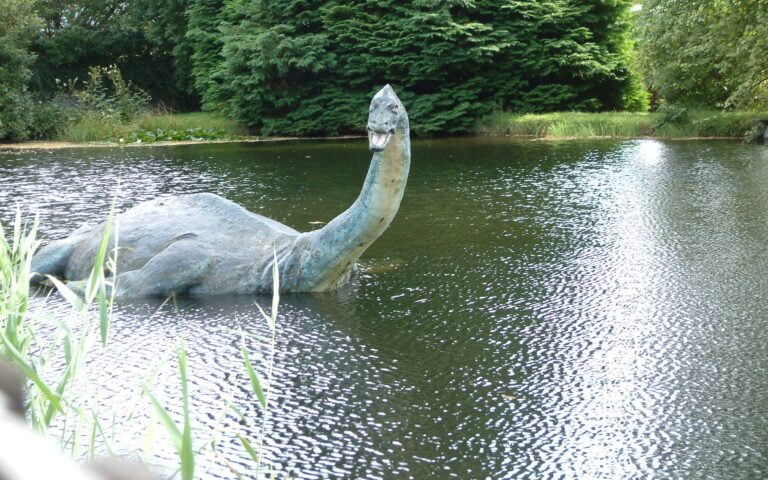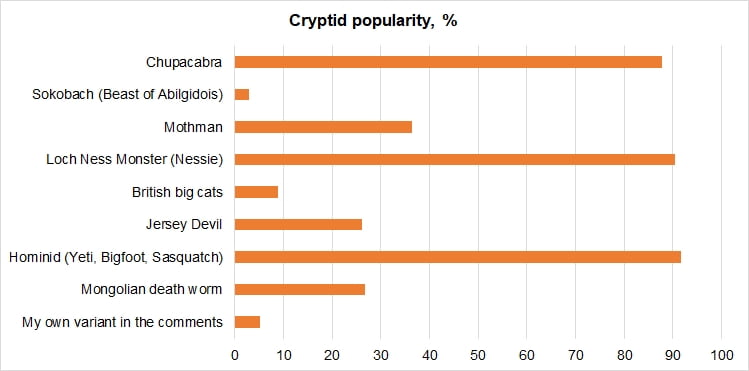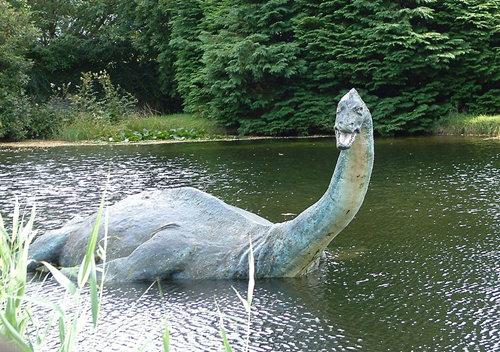The menopause, or the time of cessation of menstrual periods, is a near-universal experience for women. Women can have very different reactions to it, from feeling devastated that they have lost their womanhood, being no longer fertile or desirable, to relief that sex can now be enjoyed without the risk of pregnancy. Socially, it has ranged from the onset of invisibility for women, to a time of active denigration (Phrases like ‘dried up old prune’ come to mind). The archetype of the wise old crone is not common in western society. Recently however the menopause has been more visible, even celebrated by, for example, Bridget Christie in her TV series ‘The Change.’
The menopause is caused by the ovaries ceasing to function, meaning they stop secreting oestrogen, progesterone and testosterone. This commonly happens at around the age of 50, with a gradual decline for about 5 years before that, but it can happen at any time after puberty. Under the age of 40 it is known as premature ovarian insufficiency (POI) and affects one in every hundred women under 40, and one in every thousand women under 30. Women with POI can wait years for a diagnosis, and have difficulty being heard despite clear advice to professionals.
Oestrogen is a hormone with receptors in every cell, so it is unsurprising that its steady decline has many effects. There are the immediate peri-menopausal symptoms, and there are long-term effects of having low hormone levels. Symptoms are many and various, ranging from the mild to the life-changing, even becoming part of the reason why women might seek a divorce or have to leave their jobs. For example, vaginal dryness can be so bad that sitting down is painful, intercourse is impossible and urinary tract infections are frequent, yet many women are still embarrassed to talk about this very common symptom. Vaginal oestrogen is now available without a prescription and is particularly valuable for women who choose not use systemic HRT.
The long term effects of low hormones include: metabolic disorders, fatty liver disease, osteoporosis; osteoarthritis, dementia and many others. Unfortunately, there is little evidence for the effectiveness of long-term HRT, as it is so under-researched, but there are indications that it may be widely protective.
Despite its sometimes devastating symptoms, the inevitability of menopause, has led to it being thought of as natural, and therefore something which should not be treated as a disease state. This view is in stark contrast to attitudes to erectile dysfunction, which becomes increasingly common and pervasive with age, often with no organic cause, and therefore could also be seen as equally natural, yet there is a multi-million dollar industry aiming to help men who suffer from it.
Hormone replacement therapy (HRT) is now recommended as first line for some symptoms such as hot flushes, but some GPS are still wary and offer other medications first, believing HRT to have more risks than benefits. Women are often prescribed other medications targeted at specific symptoms such SSRIs for anxiety, non-steroidal anti-inflammatory drugs (NSAIDs) for muscle and joint pain, and bisphosphonate for osteoporosis. Unfortunately, many of these drugs have more side effects than the replacement oestrogen – for example, bisphosphonates increase bone density, but result in bones which are more brittle and less elastic. A new drug for hot flushes has recently been very positively received, but like all drugs has side effects. Fortunately this is becoming less common since the menopause has been more in the public eye.
We can therefore say the menopause is already treated as a disease by the fact that women can end up on wide variety of drugs treating individual symptoms. These treatments may be life-long and do not address the underlying hormone deficiency causing those symptoms. They each carry their own risk of side-effects, which don’t then enter into the risk/benefit calculation for HRT.
Why did HRT suddenly become a dirty word?
Until 2000, HRT was widely prescribed, and women were told that it was likely to be a lifelong therapy. A long-term study, the Women’s Health Initiative (WHI), looked at the benefits and risks of HRT. In 2000 it was stopped, early, because the participants showed an increased risk of heart disease, stroke, blood clots, breast cancer, and dementia. Breast cancer was specifically highlighted, despite the data showing there was no increase in women prescribed oestrogen in the absence of synthetic progestogens. Many women found their HRT stopped abruptly with numerous consequential health problems.
This study is now over thirty years old, the types of hormones and doses used are no longer the standard treatment, and a re-analysis of the results has shown that they were misinterpreted and misapplied. Unfortunately the study is still quoted as a reason to only prescribe HRT short term and for severe symptoms only.
Given the limited number of good studies which use the standard hormones, teasing out risks and benefits is extremely difficult, because of the almost impossibility of disentangling the type of hormone prescribed. The majority, like the WHI study, used outdated oestrogen treatments, in contrast to the modern body-identical oestrogen (which has exactly the same chemical structure as oestrogen produced in the body).
The transdermal route for oestrogen also bypasses the liver, so is less likely to cause other problems such as blood clots associated with oral dosing. We now also know that women prescribed body-identical progesterone have no increased risk of breast cancer.
Continuing misleading information
A widely reported recent study has linked use of HRT to an increased risk of dementia but, as usual, the situation is complicated, and a causal link remains unlikely.
Another example is recent prescribing advice which suggested an increased risk for deep vein thrombosis and pulmonary embolism and — most concerning to many women — an increase in the risk for breast cancer, in the range of 30-60% (up to 100%, a doubling of the risk). Looking in a little more detail at this, we find that the subjects in the study were given outdated hormone types and dosing regimen, even though it is a modern study. The data therefore does not correlate to current standard practice.
In essence this study says that it confirms the scare of 2000, when the WHI was cut short because of adverse findings. As it used the same drugs as in these findings, this is hardly surprising. The advice they give to well-meaning doctors trying to stay up to date, in what isn’t their specialism, is both wrong and massively disadvantageous to women.
Testosterone
Although testosterone is known as the male hormone, women produce more testosterone than they do oestrogen or progesterone. As with these other hormones, testosterone declines with age. Symptoms of low testosterone are well known. They include reduction in muscle mass, an increase in body fat, loss of body hair, depressed mood, low sex drive, osteoporosis, difficulty with concentration and memory (brain fog), and erectile dysfunction in men.
If a man were to have his testes removed, he would not leave hospital without being prescribed replacement testosterone. For women in the UK, however, it is only recommended for low sex drive. It is being increasingly prescribed by menopause clinics for women who can afford it, but otherwise it is under prescribed on the NHS. Young women with POI, or those who have had a surgical menopause, even if they are fortunate enough to be offered HRT, are not routinely given testosterone – and too often GPs will offer them other treatments for their symptoms, which have worse side effects, and which treat the consequence, not the cause of their problems.
In addition, there is no testosterone formulation in the UK which is licenced, or designed, for lower doses for women. GPs can prescribe a smaller dose of a formulation licenced for men, while private clinics can supply a cream imported from Australia which is licensed for provision at a female dose.
Testosterone is also specifically forbidden for female athletes competing at national or international level, not matter the severity or cause of her symptoms. It is a point made in the guidelines under which a man can get a therapeutic use exemption
Why the reluctance to supply for women?
One can only speculate on why there is such a reluctance to prescribe long term hormones for most women; why even a small increased risk is taken as a reason to withdraw treatment without reference to the severity of the symptoms it is being used for, or a long-term risk- benefit analysis.
This is at odds with the prescribing guidance for specific groups such as trans women and those with POI. Long term therapy is recommended in these groups, with only a recommendation to discuss possible risk factors. This seems an entirely reasonable approach.
It has been suggested that there is little interest in drug companies pursuing HRT, as it is cheap, and will yield little return. It has also been suggested that there is a not-very-benign paternalism at work, essentially “I can’t let you choose to take even the smallest potential risk, no matter how much you are suffering.” Alternatively, there may be a sense that the suffering of older women is something just to be borne, preferably uncomplainingly.
The idea that older women are capable of choosing which risk they want to take, of making a personal risk/benefit analysis, is absent with HRT in a way which it isn’t with any other drugs. It is hard not to reach the somewhat paranoid conclusion that older women either don’t matter, or are considered incapable of informed consent.














